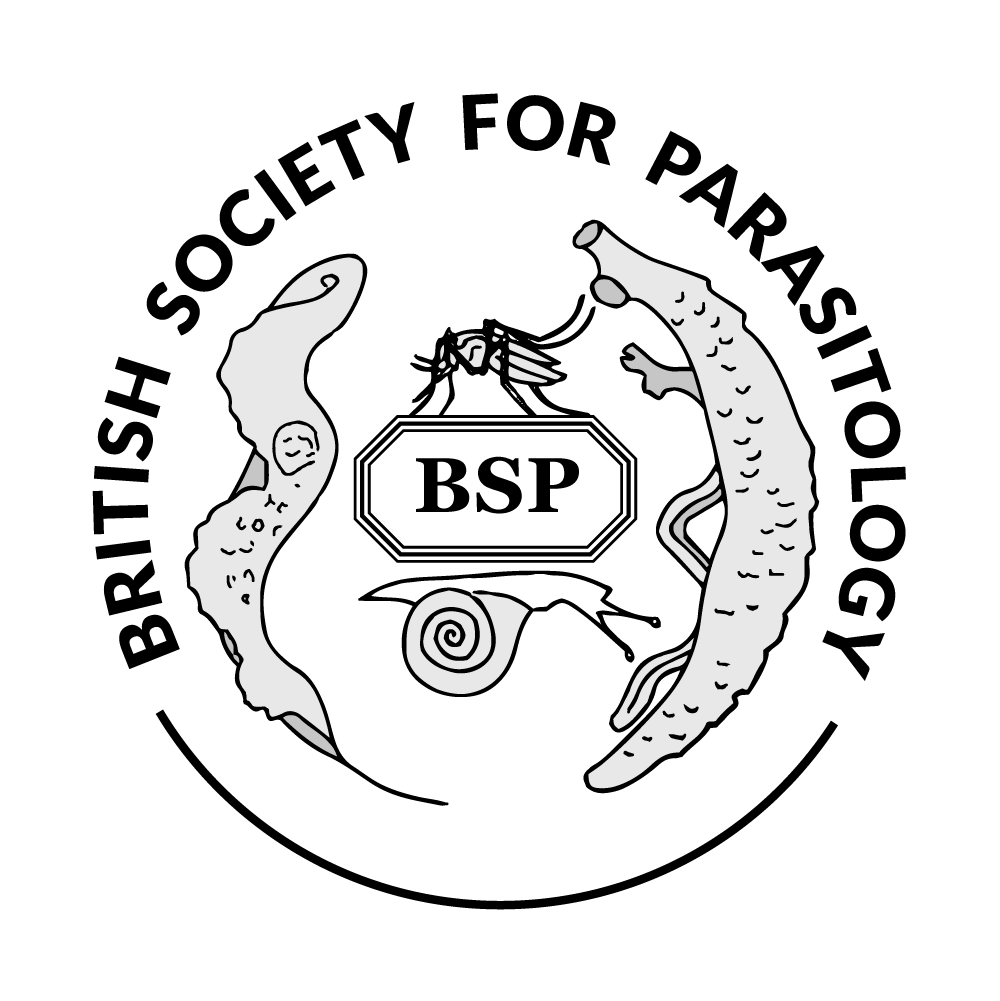Authors
D Cook1; N Pilotte2; S A Williams2; L J Reimer1; 1 Liverpool School of Tropical Medicine; 2 Smith College, United StatesDiscussion
The screening of insect vectors for the presence of DNA or RNA from human pathogens is known as molecular xenomonitoring (MX). This approach enables the non-invasive monitoring of disease presence in a community, which is becoming increasingly important as many countries move towards the elimination of vector-borne diseases. Documenting the decline of a pathogen within a community and sensitively detecting recrudescence is essential to allow a rapid response to emergence and to prevent widespread outbreak.
Development of a screening method that uses excreta/faeces (E/F) collected from mosquitoes, rather than using whole carcasses, allows for the detection of parasite DNA from up to 500 mosquitoes, instead of pools limited to 25 mosquitoes. With this in mind, we developed a superhydrophobic cone to enable all E/F to be collected into a single tube, with minimal processing.
The performance of the superhydrophobic cone was compared to two other collection methods: swabbing and a wash method (using a pipette to resuspend the voided matter). Anopheles gambiae were fed a bloodmeal containing either Brugia malayi, Plasmodium falciparum or Trypanosoma brucei. The E/F was collected, DNA extracted and PCR was used to detect parasite DNA. Mosquitoes fed on unexposed blood acted as controls.
The use of a superhydrophobic cone improved parasite detection and removed the need for the extra processing steps that are necessary when using the other two collection methods. Since the cones are cheap to produce, adding them to collection cups or existing traps is likely to provide a cost-effective method of screening mosquitoes for parasites, without added labour-intensive processing. Tests are ongoing to establish the reusability and working life of superhydrophobic cones.
